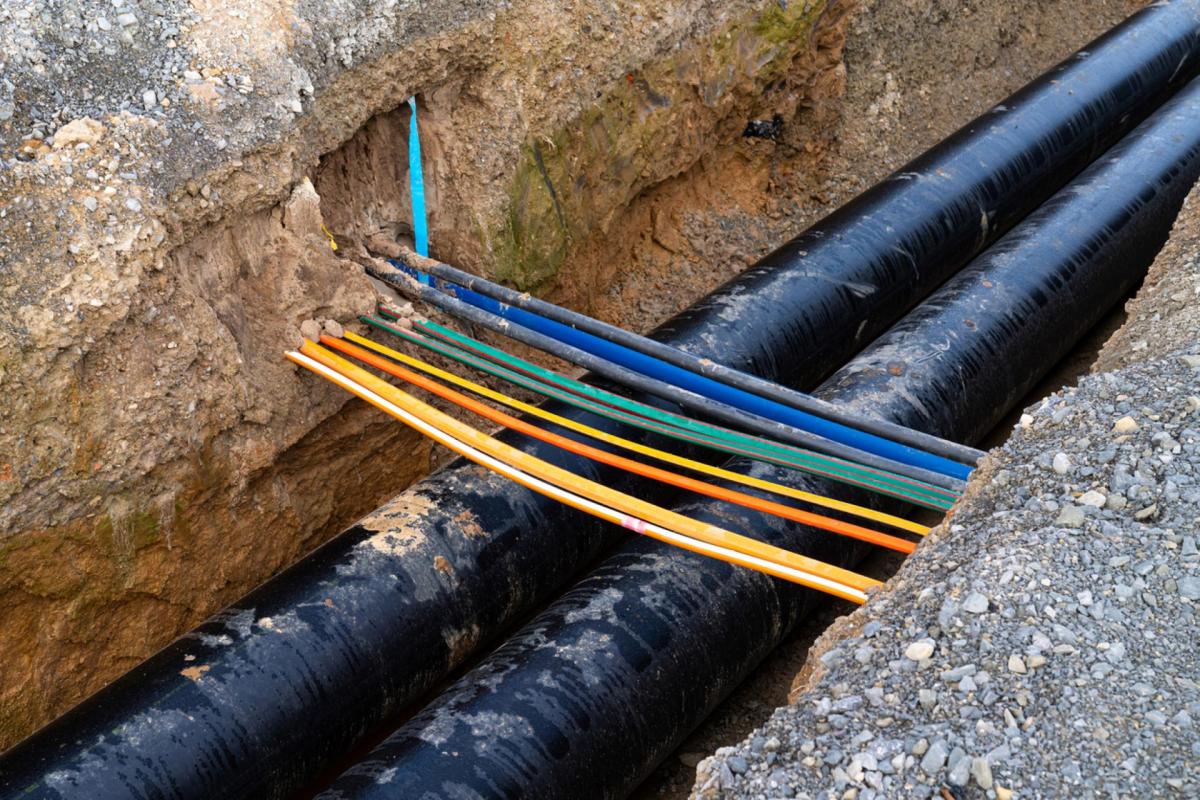Now that we can generate clean, renewable energy from the wind and sun, one of the most pressing questions facing the clean energy transition is how to effectively store that energy for future use. For one city in Finland, the answer is a giant underground cavern.
Vantaan Energia has announced that it will construct a massive underground seasonal thermal energy storage facility for the city of Vantaa, the country's fourth-most-populous municipality. The facility will be twice the size of Madison Square Garden, New Atlas reported.
"The world is undergoing a huge energy transition," Vantaan Energia CEO Jukka Toivonen said. "Wind and solar power have become vital technologies in the transition from fossil fuels to clean energy. The biggest challenge of the energy transition so far has been the inability to store these intermittent forms of energy for later use. Unfortunately, small-scale storage solutions, such as batteries or accumulators, are not sufficient; large, industrial-scale storage solutions are needed."
The facility will be able to store enough energy to meet the year-round domestic needs of the city and is expected to come online sometime in 2028.
While the current predominant method of storing clean energy is in lithium-ion batteries — like the ones in most electric vehicles — there are several benefits to moving past this technology, especially for longer-term storage needs.
As Toivonen pointed out, batteries are too small-scale to meet the energy storage needs of a city — the Vantaa system will have the equivalent energy capacity of 1.3 million EV batteries. In addition, lithium-ion batteries rely on rare earth metals that are not renewable and need to be mined by using environmentally destructive practices.
That's why so many companies are developing more planet-friendly, efficient methods of energy storage. Other examples include pumped hydro storage and a giant battery made of crushed rocks.
Join our free newsletter for weekly updates on the coolest innovations improving our lives and saving our planet.









